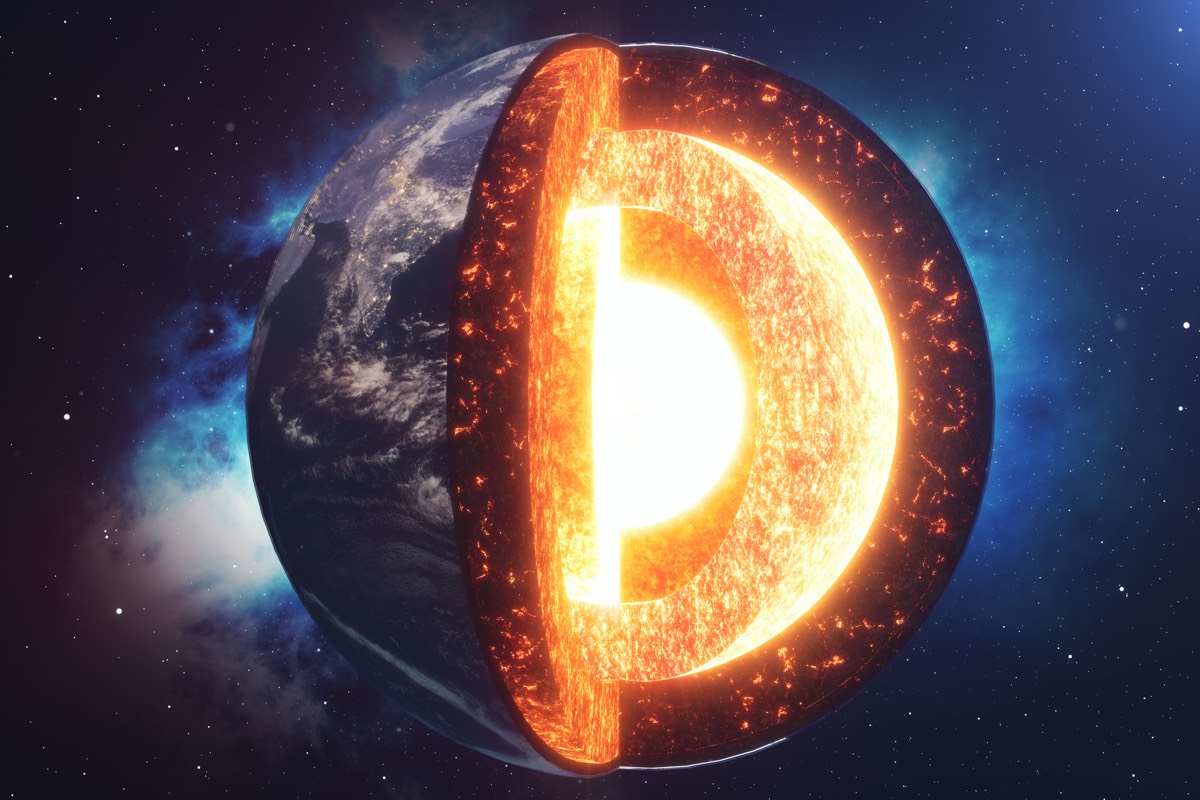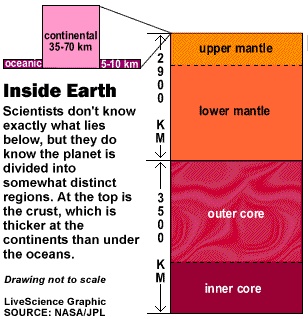Hot New Study: Earth's Heat Can Power Our Future

The extraordinary amount of heat seething below Earth's hard rocky crust could help supply the United States with a significant fraction of the electricity it will need in the future, probably at competitive prices and with minimal environmental impact, scientists now claim.
An 18-member panel led by MIT has prepared the first study in some 30 years to take a new look at the largely ignored area of geothermal energy.
Geothermal plants essentially mine heat by using wells at times a mile or more deep. These wells tap into hot rock and connect them with flowing water, producing large amounts of steam and super-hot water that can drive turbines and run electricity generators at the surface.
Unlike conventional power plants that burn coal, natural gas or oil, no fuel is required. And unlike solar power, a geothermal plant draws energy night and day.
Geothermal research was very active in the 1970s and early 1980s. As oil prices declined in the mid-1980s, enthusiasm for alternative energy sources waned and funding for research on geothermal and other renewable energy was greatly reduced, making it difficult for the technology to advance.
"Now that energy concerns have resurfaced, an opportunity exists for the U.S. to pursue the enhanced geothermal system option aggressively to meet long-term national needs," said panel head Jefferson Tester, a chemical engineer at MIT.
Fossil fuels such as coal, oil and natural gas are increasingly expensive and dump carbon dioxide and other pollutants into the atmosphere. Furthermore, oil and gas imports from foreign sources are not necessarily secure in the world's shifting political climate.
Sign up for the Live Science daily newsletter now
Get the world’s most fascinating discoveries delivered straight to your inbox.
The United States is the world's biggest producer of geothermal energy. Nafi Toksöz, a geophysicist at MIT, noted that the electricity produced annually by geothermal plants now in use in California, Hawaii, Utah and Nevada is comparable to that produced by solar and wind power combined.
However, existing U.S. plants are concentrated mostly at isolated regions in the West. There, hot rocks are closer to the surface, requiring less drilling and thus lowering costs. Even then, drilling must reach depths of 5,000 feet or more in the West, and much deeper in the eastern United States.
Still, the panel now estimates geothermal power could meet roughly 10 percent of U.S. electricity needs by 2050. Their new study also finds the environmental impacts of geothermal development are markedly lower than conventional fossil fuel and nuclear power plants.
Tester and his colleagues emphasize that federally funded engineering research and development is still needed to lower risks and encourage investment by early adopters. The report also noted that meeting water requirements for geothermal plants may be an issue, particularly in arid regions. In addition, the potential for any seismic risks needs to be carefully monitored and managed.
More to Explore
- Top 10 Emerging Environmental Technologies
- Power of the Future: 10 Ways to Run the 21st Century
- All About Electricity
All About Oil
- Black Gold: Where the Oil Is
- The Mysterious Origin and Supply of Oil
- Can Oil Extraction Cause Earthquakes
What's Down There

The crust thickness averages about 18 miles (30 kilometers) under the continents, but is only about 3 miles (5 kilometers) under the oceans. It is light and brittle and can break. In fact it's fractured into more than a dozen major plates and several minor ones. It is where most earthquakes originate.
The mantle is more flexible – it flows instead of fractures. It extends down to about 1,800 miles (2,900 kilometers) below the surface.
The core consists of a solid inner core and a fluid outer core. The fluid contains iron, which, as it moves, generates the Earth’s magnetic field. The crust and upper mantle form the lithosphere, which is broken up into several plates that float on top of the hot molten mantle below.
SOURCE: LiveScience reporting










